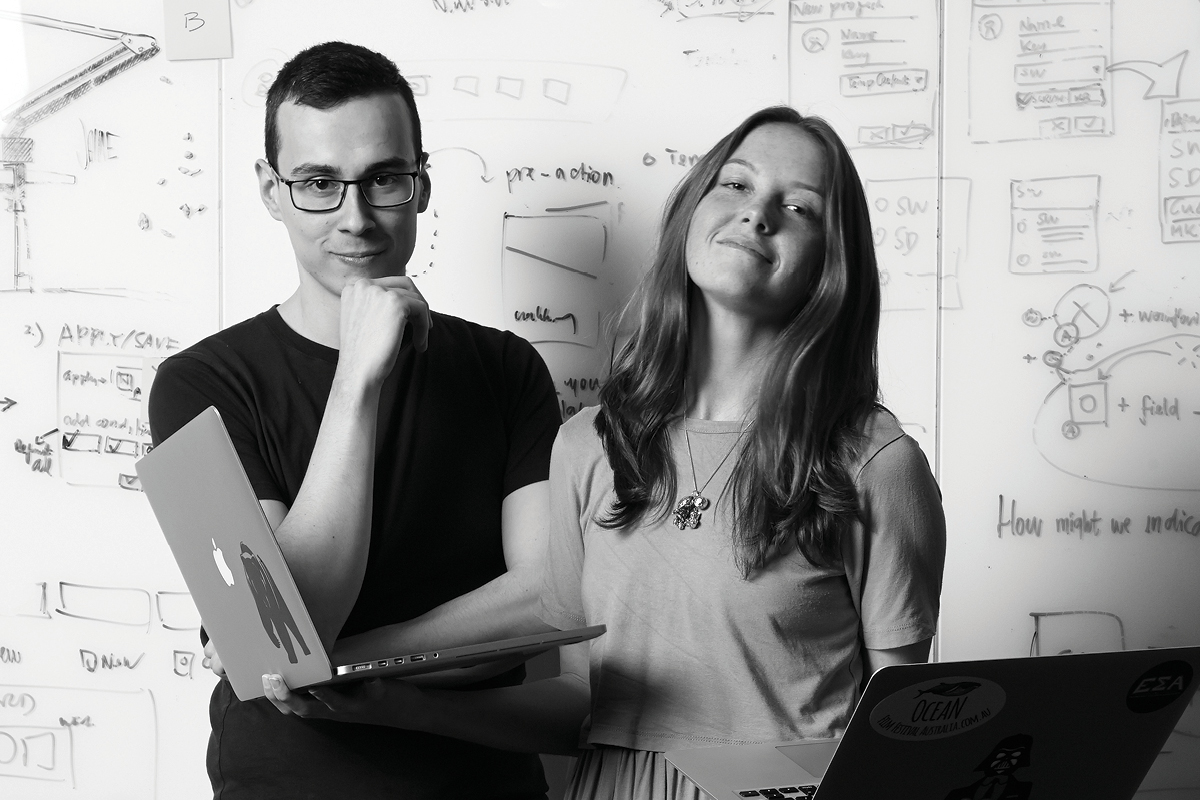The need to close the gap between twenty-first century skills and industry demand is at a critical juncture. Today’s students are being taught yesterday’s skills – and, in the meantime, technological disruption,the rapid evolution of career types, and team-working practices
are changing the parameters faster than the next-generation workforce can evolve.
Three-quarters of the fastest-growing occupations will require STEM (science, technology, engineering and maths) skills. In the US, there are currently 500,000 computing jobs open, and this is expected to reach one million by 2020.
An article from Code.org’s Hadi Partovi estimated these openings to be valued at a trillion dollars when you take into account that for every computing job, five new jobs are also created. Non-tech industries, like education, health and manufacturing, are driving most of this increase as a way of future-proofing their organisations while remaining competitive in a transitioning economy.
There’s no doubt that STEM skills drive innovation, yet businesses are finding it increasingly difficult to fill vacancies. Only 16% of students graduate with a STEM degree, and on average there are at least two job vacancies for every STEM-qualified person.
Ambitious leaders are embracing the revolution with an eye on strategic advantage. For a decade, policymakers and higher-education institutions have prioritised STEM to drive the future talent pipeline, but results have been slow, and the need is escalating. Industry leaders are now developing their own STEM strategies to safeguard their long-term relevance while getting an edge on the competition.

There’s no doubt that STEM skills drive innovation, yet businesses are finding it increasingly difficult to fill vacancies.
The benefits of an adaptable workforce are clear – millennials can expect eight career shifts in their working life, and many of those will be from STEM skills and into leadership areas.
Computational thinking, for example, encourages people to break down problems into smaller parts – much as a CEO breaks down global business issues into team-based solutions. STEM training will develop the next generation of C-suite professionals with an eye for analysis, problem-solving skills, and logical thinking embedded in their DNA.
While fast-growing areas such as data science, software engineering and the digital marketing boom, the areas that supply critical skills to the careers of tomorrow are suffering a crisis, led by stereotypes of bearded scientists and ‘brogrammers’ coding in darkened rooms.
One way companies are trying to address this is by creating collaborative platforms to connect with high-school students before they choose their electives, and shift perceptions around STEM as well as drive diversity.
Refraction Media in Australia has done exactly that with its platform ‘Careers with STEM’, which uses real-life stories, profiles and news features to connect with high-school students before they choose their electives.
The platform includes free magazines to showcase unexpected and non-linear career paths into STEMs. This proactive approach assists businesses to help shape the future workforce and has attracted support and sponsorship from the likes of Google and the Commonwealth Bank of Australia.
Leaders can then keep pace with digital disruption and innovation by ensuring they’re recruiting from the broadest talent pool, looking not only at gender and cultural diversity targets but also diverse socioeconomic groups.
Similarly, STEM companies can get involved with mentoring programs like the Tech Girl Superhero competition, and CSIRO Scientists and Mathematicians in Schools.
Developing STEM skills is not just about creating jobs and a prosperous future; it’s also about equipping individuals to think critically, to contribute logically to complex debates, and to build a better future overall.
‘STEM + X’ is all about combining a STEM foundation with your ‘X’, where ‘X’ is your passion, a problem you’re trying to solve or another discipline. This is the basis for an innovative, creative and exciting future.
Images: Kristian Taylor-Wood





